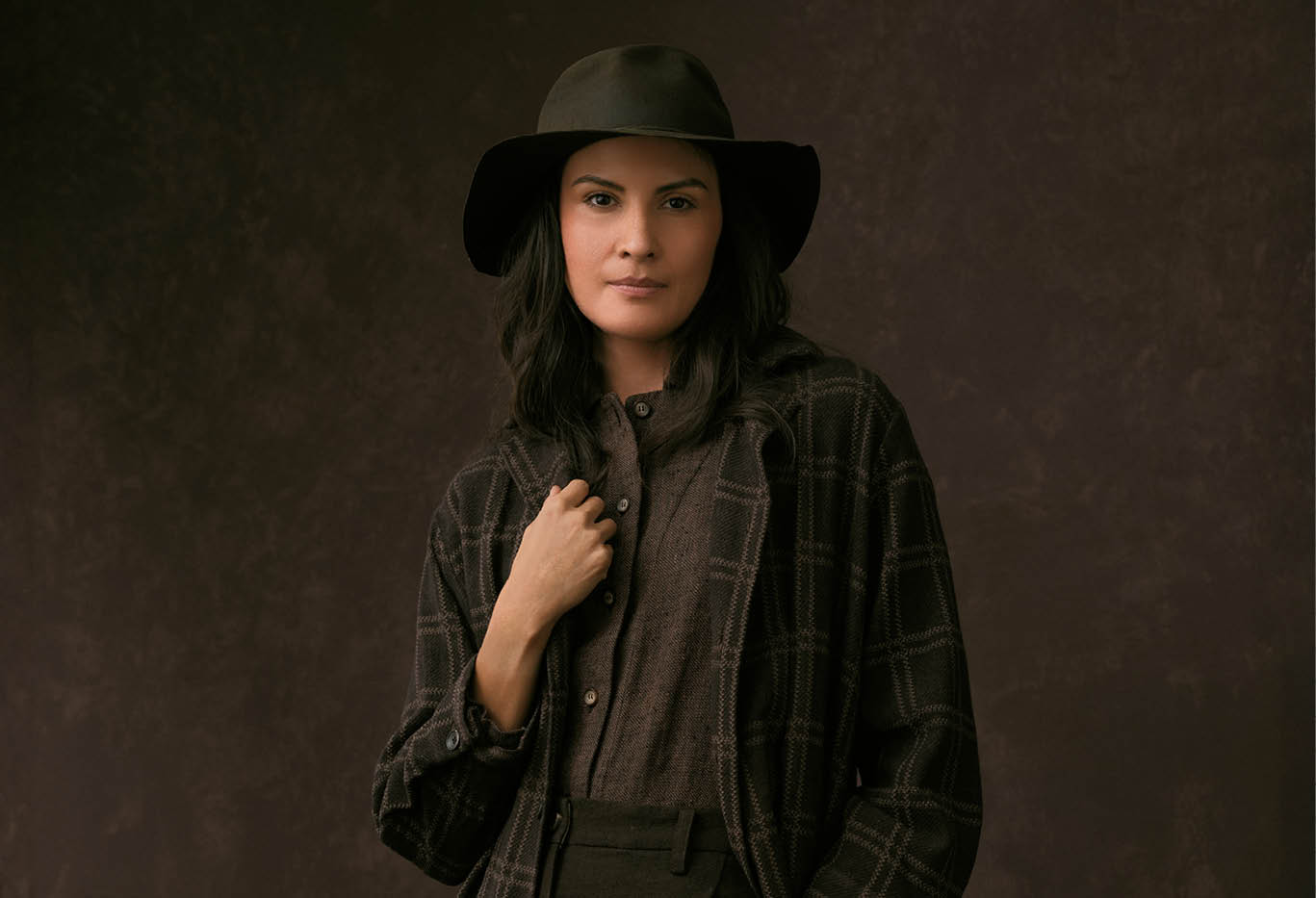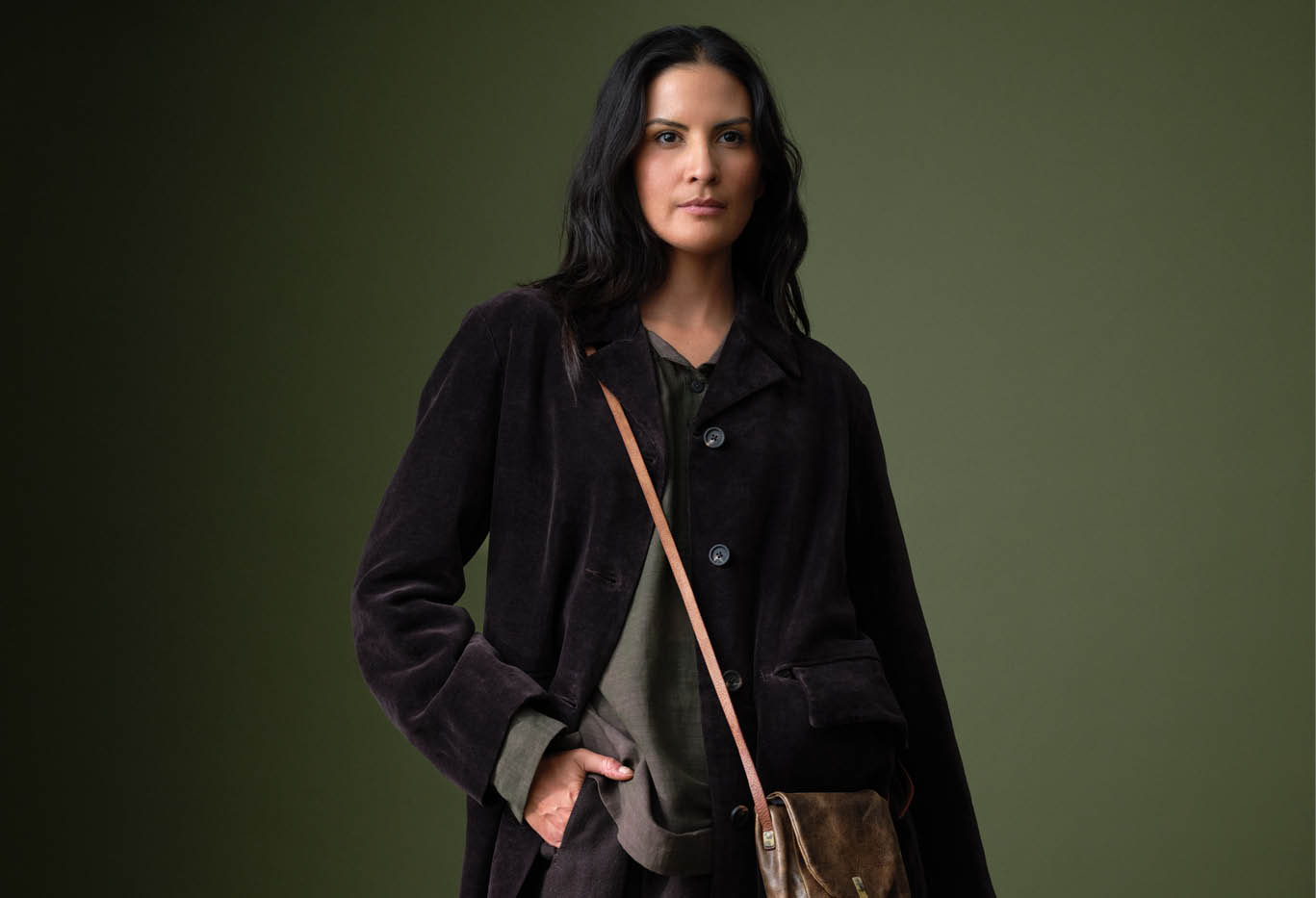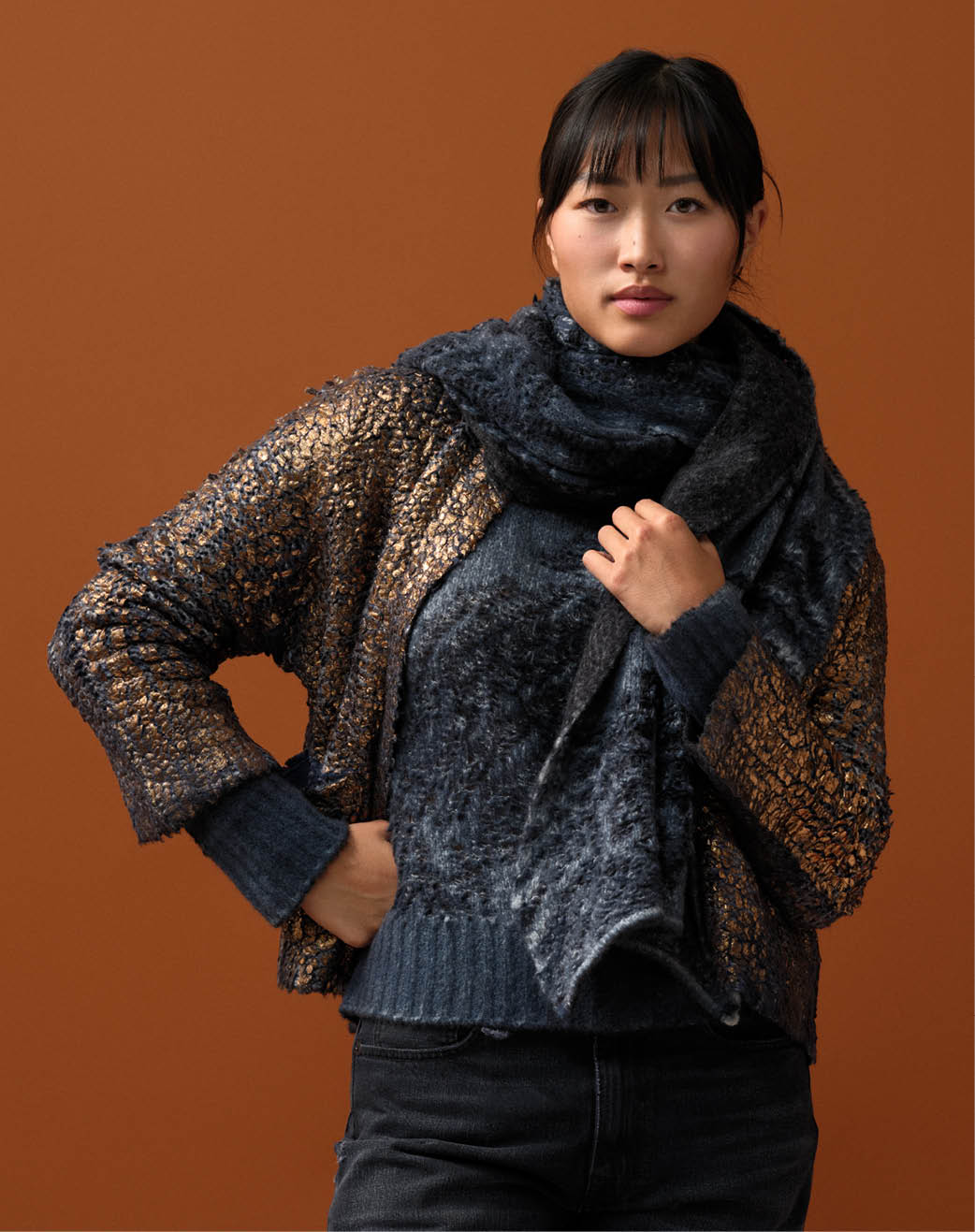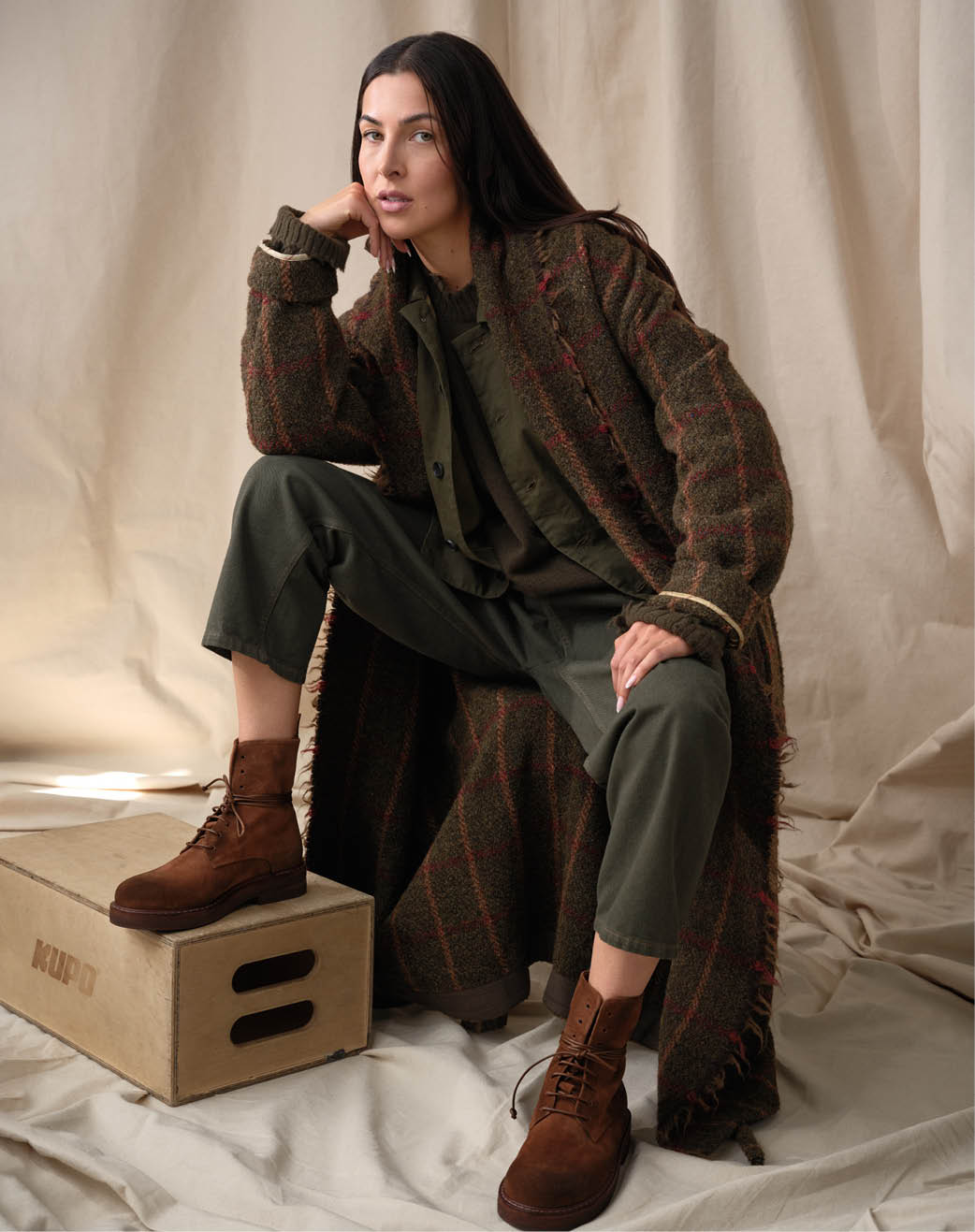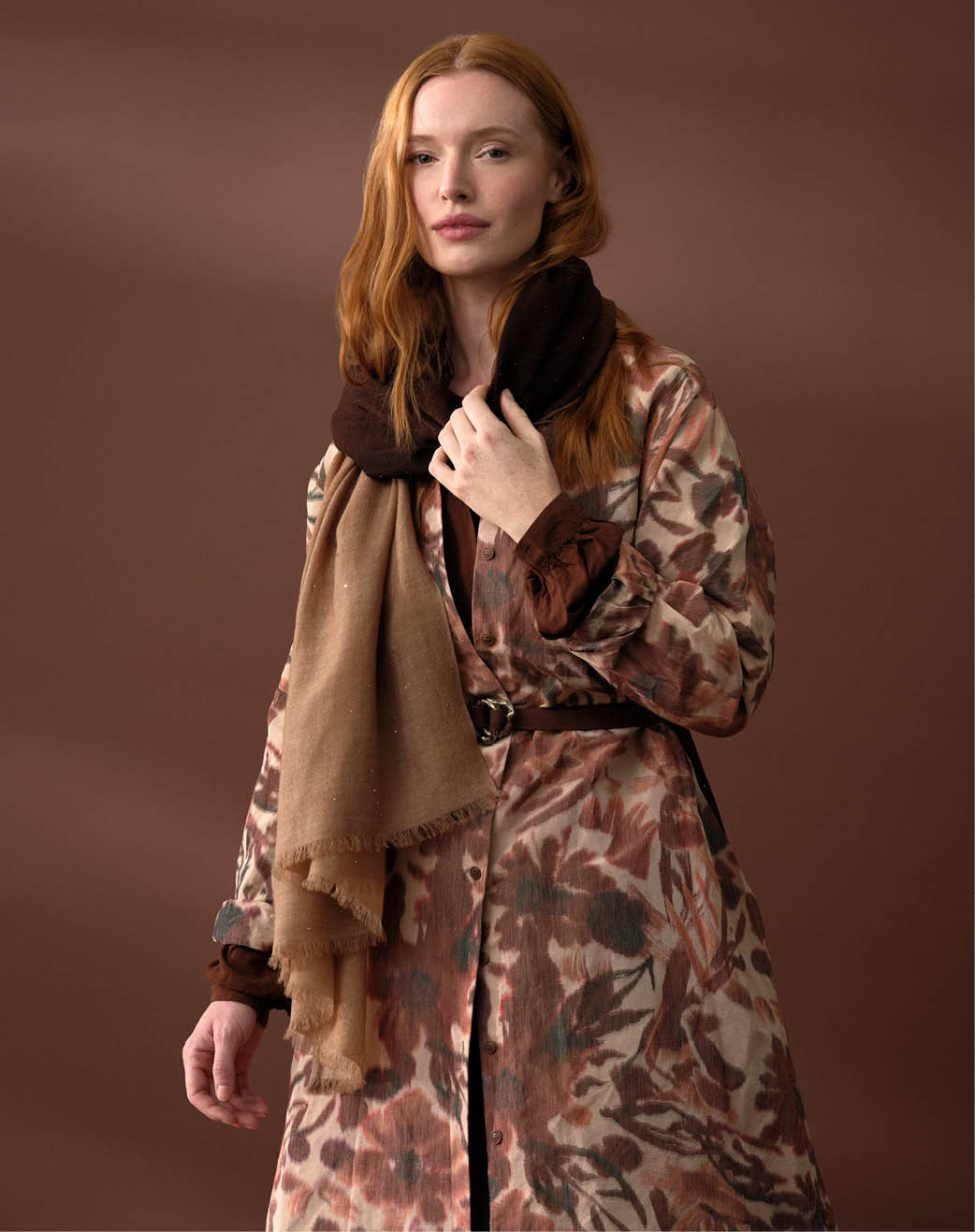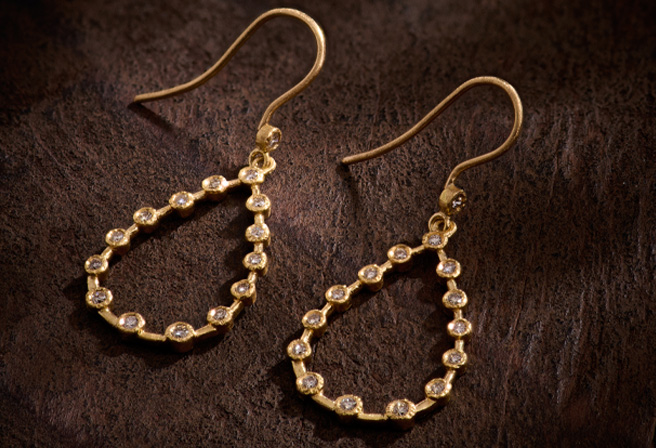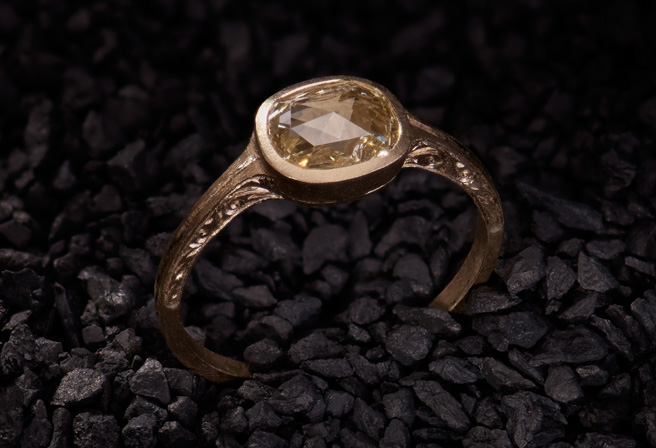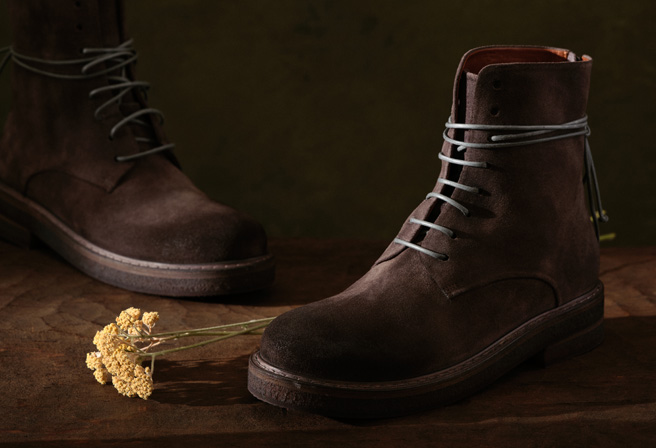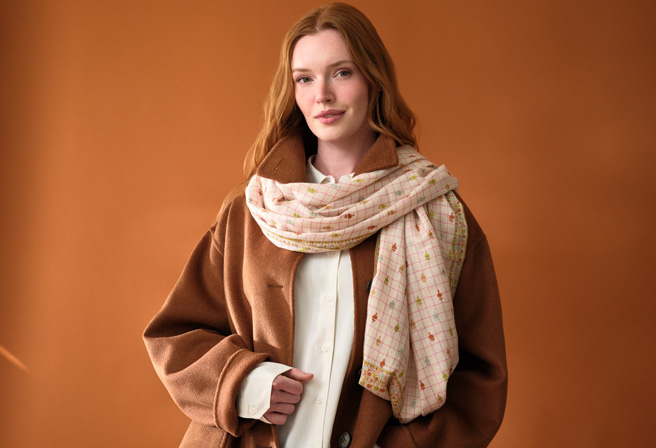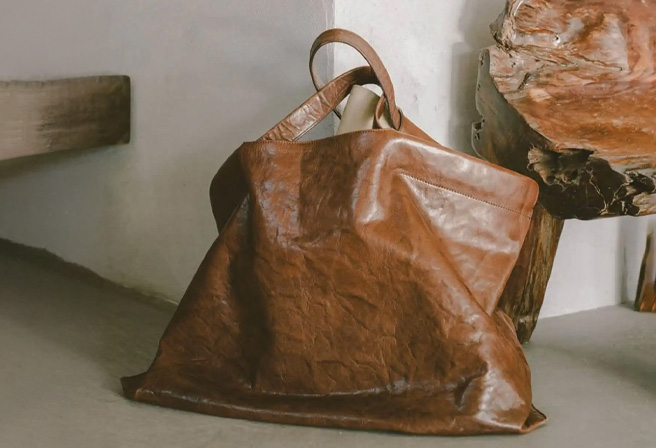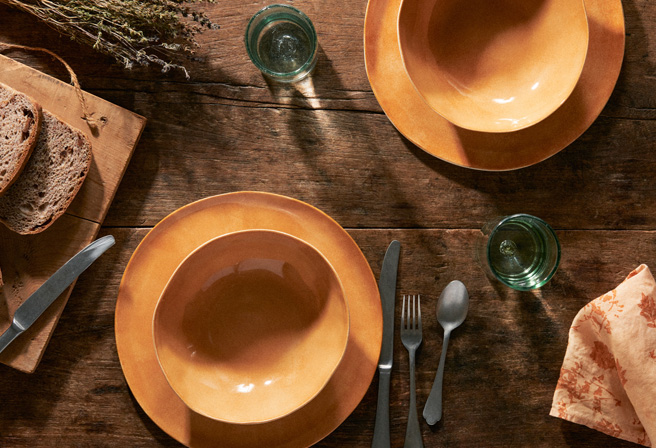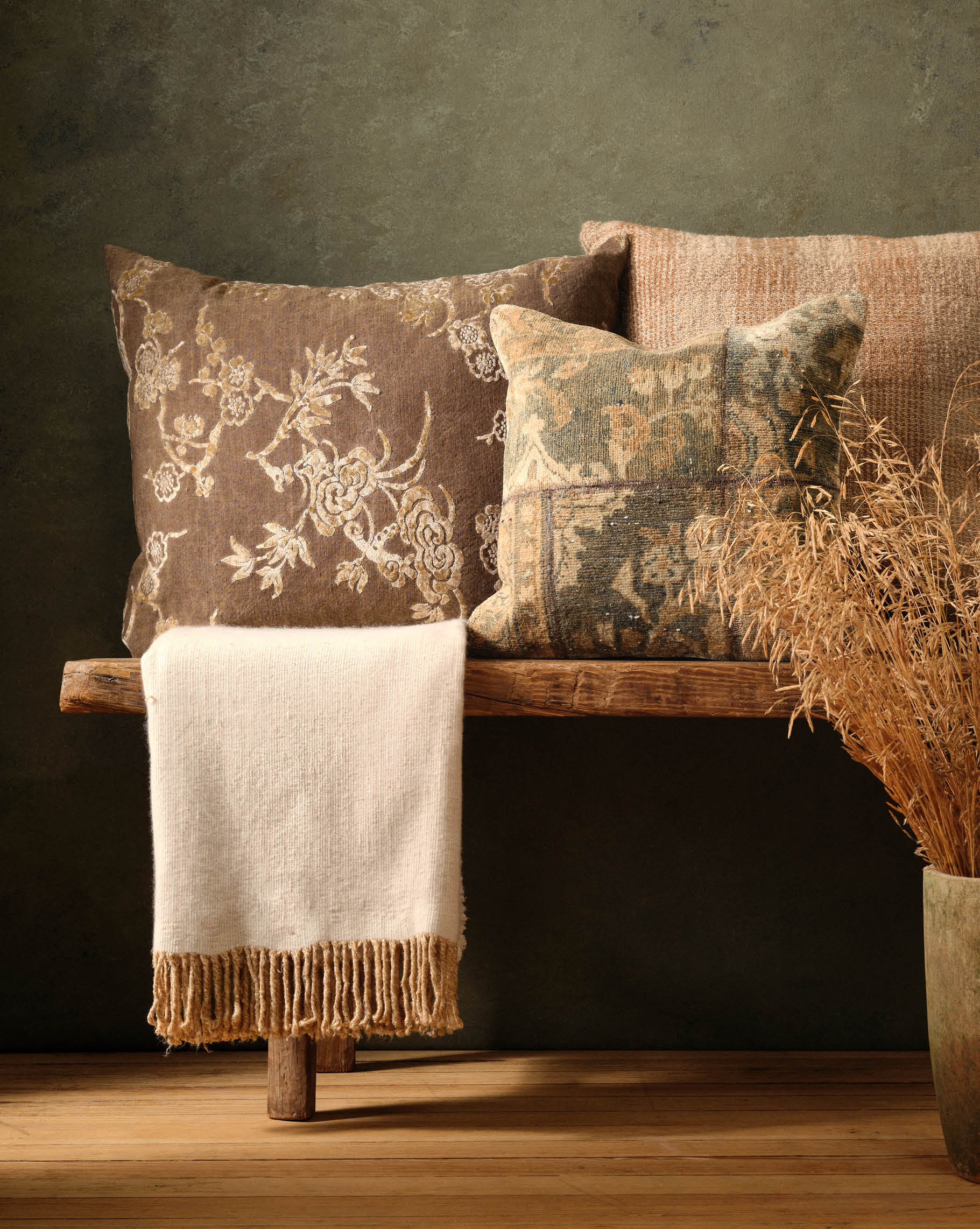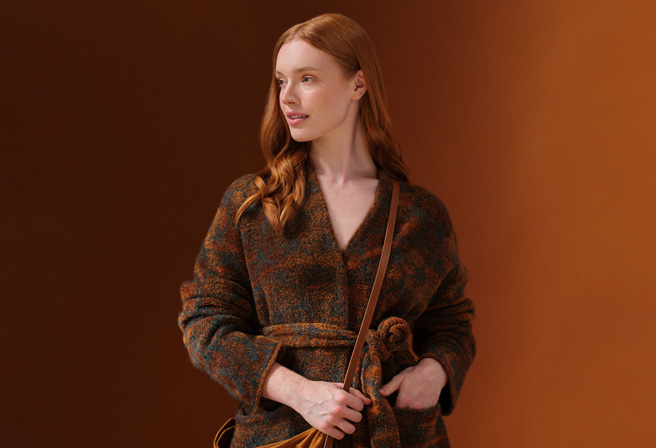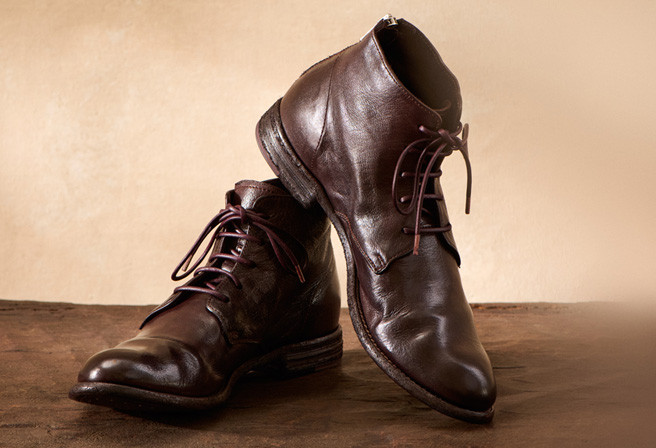There is little in the world that quite captures the imagination quite like a Persian rug.

Referring specifically to carpets made in Iran, Persian rugs are incredibly intricate – often showcasing meditative pictorial elements that are difficult to weave. Steeped in artistry and fine craftsmanship, the traditions and techniques are part of some 5,000 years of history, evolving and adapting through the disparate regimes, dynasties and empires of Iran. We are pleased to present a selection of antique textiles from this region of the world – reimagined into inspired soft goods for the home.


To explore the inherent interest of Persian rugs is to explore the cities of Tabriz and Mashhad. Located in northwest Iran, Tabriz is particularly known for its textile presence and fine rug making. Mashhad, on the other side of the Caspian Sea, is renowned for the rich colors and technical mastery present in their weavings. At the crossroads of east and west, these locales boast an incredible cultural exchange – motifs from Europe, China, Russia and beyond permeate the rugs made in this region. Of technical note is the pile density found in these pieces. Persian rugs are graded by “raj”, the number of knots per 7cm of weaving structure. Ranging from 24 raj to 120 raj, the increased number of knots required for pattern and pile is an indicator of skill and the overall softness of the finished work.

These pillows are comprised of exquisite carpet remnants – high-character pieces of original rugs that have been meticulously preserved. In upcycling these materials into pillows, craftsmen ensure the continued longevity of these unique, time-intensive weavings. Elements of the original rugs peek through the soft good compositions, in florals, persimmons and geometric motifs. Through each, we are treated to a small taste of textile history, and a continued delight for the eye.


